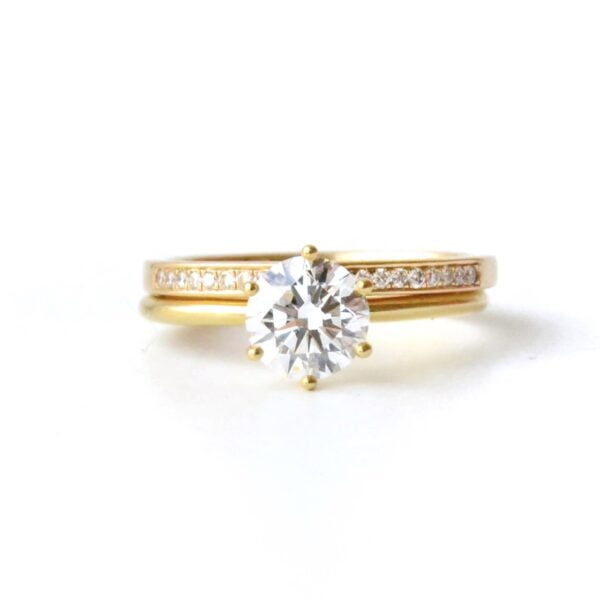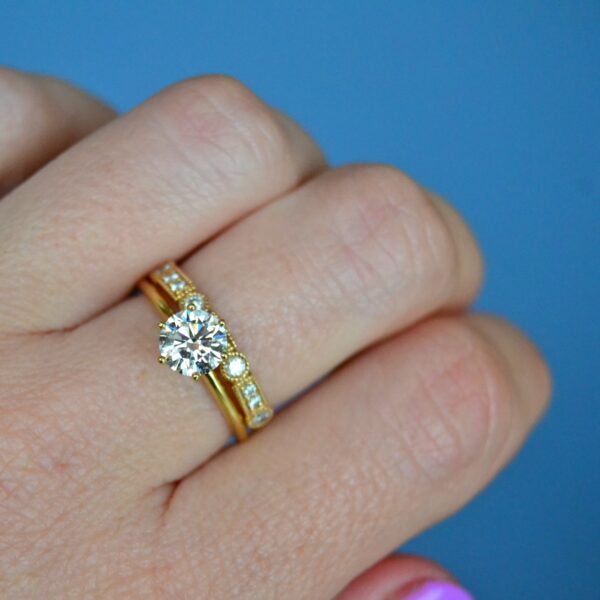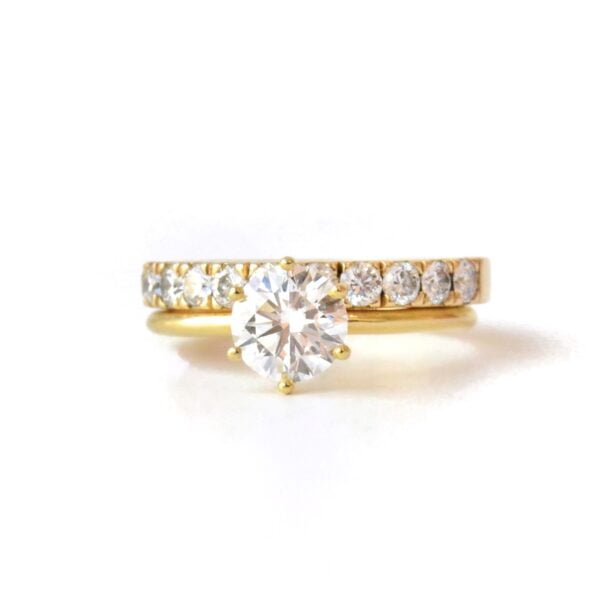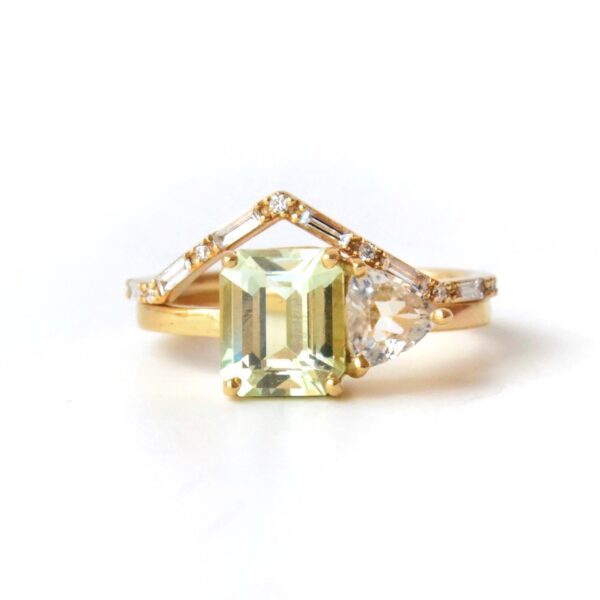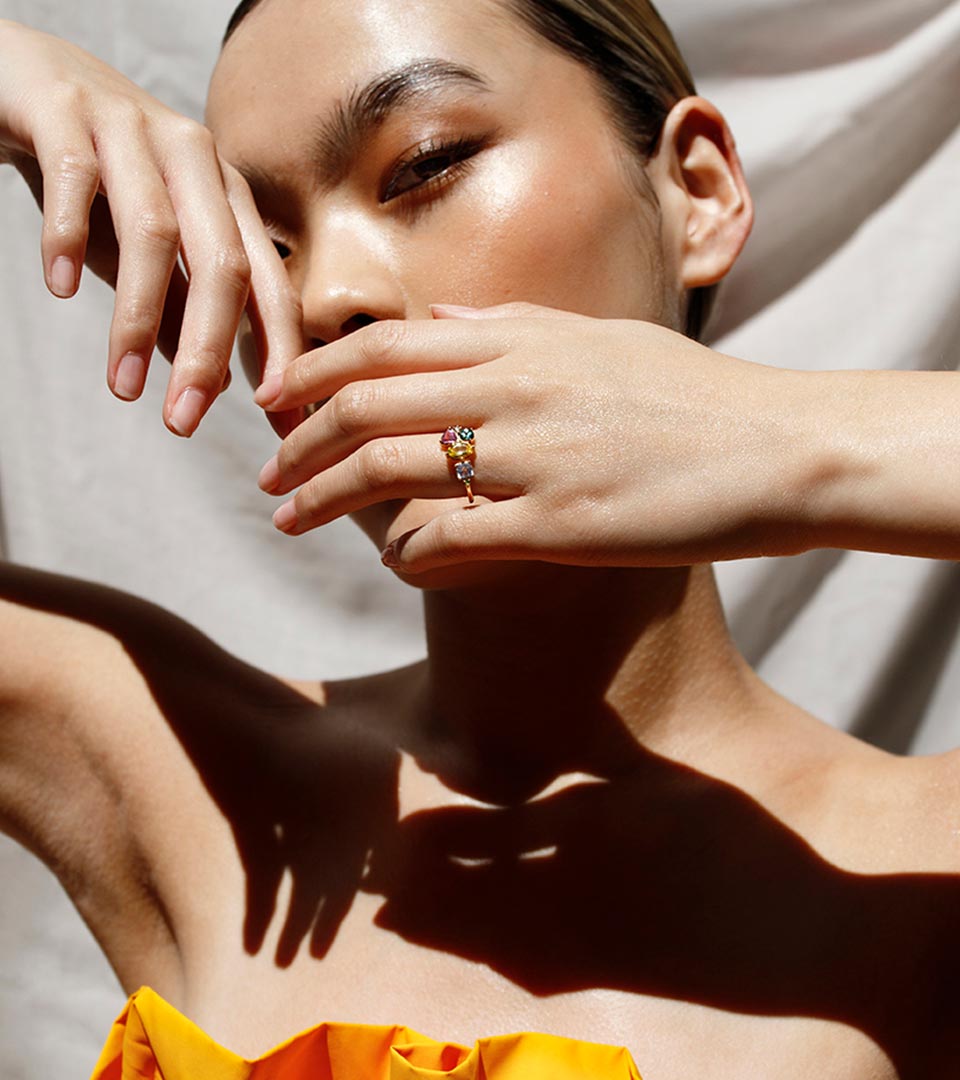No items in the basket.
Some of the most important things when it comes to choosing a piece of fine jewellery is deciding on the specific cut and shape of the gemstone. This can be both exciting and overwhelming, as there are many different variations to chose from.
Gemstones aren’t found as the polished, sparkly things you see when you buy jewellery. In fact, they start off as rough and unpolished, and only after the cutting and polishing process, do they turn into how we normally see them. Cutting gives the stones a specific shape and allows the real color and brilliance to emerge, while polishing adds all the sparkles, rays and dimensions to the gem.
A gem cutter, otherwise known as a lapidary, gives much thought to how they cut and shape the stones. By doing so, they are working to enhance the best qualities of the stone, such as the color and brilliance.
HERE IS OUR LIST OF TRADITIONAL GEMSTONE CUTS AND SHAPES:

ASSCHER CUT
The Asscher cut, otherwise known as the Square Emerald cut, is a combination of a princess and emerald cut. A recognizable “X” is formed in the gemstone’s table and features cropped corners along its sides as well as layered facets. This cut allows the true clarity of the stone to come out.
An example is the Tanakola ring.
BAGUETTE CUT
This cut was created in the 1920’s, during the Art Deco period. The baguette cut is long and rectangular in shape, featuring clean lines o create a geometric and modern look. Stones in this cut are regularly used as accent stones in jewellery and are cut to maximize clarity.
An example is the Ladaru Nil ring.
CUSHION CUT
This style is also referred to as Pillow cut, for the softness the cut invokes. The cushion cut has gently rounded corners and holds around 64 facets. Most gemstones have a standardized cut, whereas the cushion cut can have more variety. There are two main categories this cut can fall into: standard cushion cut and modified cushion cut. A standard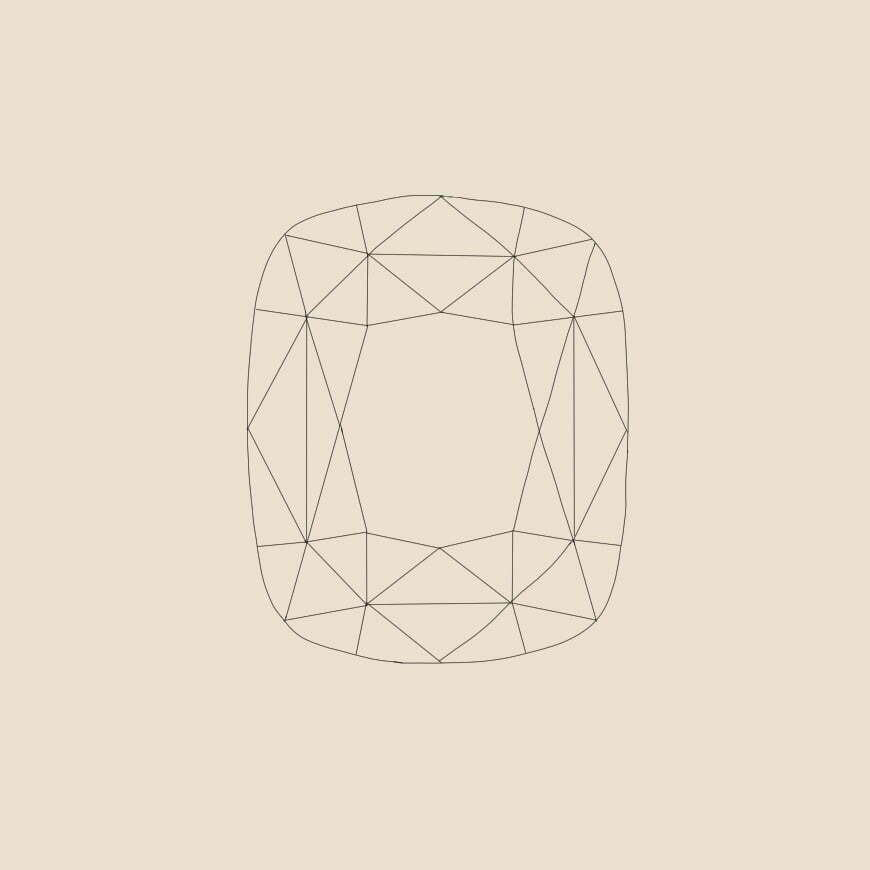 cut has the classic, fiery look. The modified cut focuses on adding extra facets, which creates what’s known as the “crushed ice” look, which brings out the brilliance of the stone.
cut has the classic, fiery look. The modified cut focuses on adding extra facets, which creates what’s known as the “crushed ice” look, which brings out the brilliance of the stone.
An example of cushion shape and cut is the Apata Sudu ring.
EMERALD CUT
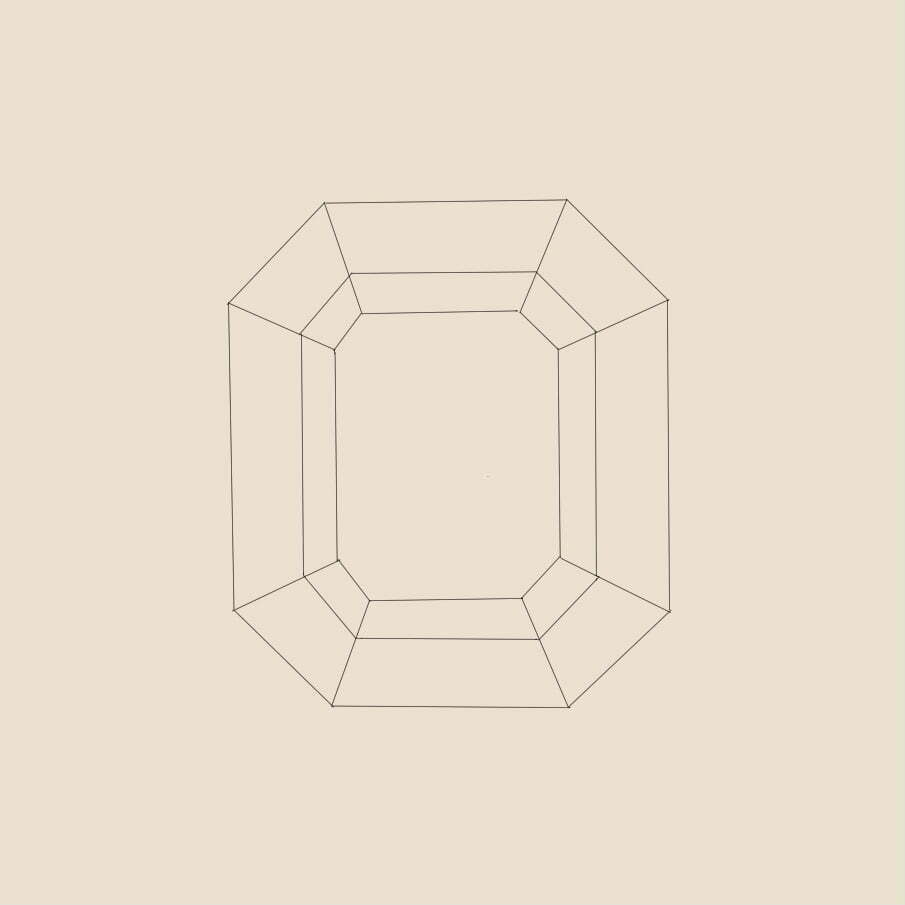 The Emerald cut was originally designed solely for emerald gem stones, however, now it is used for diamonds, sapphires and more. This cut flaunts an elongated, rectangular shape, trimmed corners and straight linear facets, although can be found in a square shape as well. The Emerald cut intends to emphasize clarity and color, and can actually make the stone appear bigger than it really is.
The Emerald cut was originally designed solely for emerald gem stones, however, now it is used for diamonds, sapphires and more. This cut flaunts an elongated, rectangular shape, trimmed corners and straight linear facets, although can be found in a square shape as well. The Emerald cut intends to emphasize clarity and color, and can actually make the stone appear bigger than it really is.
Shop Didualyi ring.
OVAL CUT
The Oval cut was created in the 1950’s, and is similar to a round cut, as both emphasize the fire (color) and brilliance, however the Oval cut has a different, longer shape. The elongated shape creates an illusion of a larger stone and makes the wearer’s fingers look long and delicate.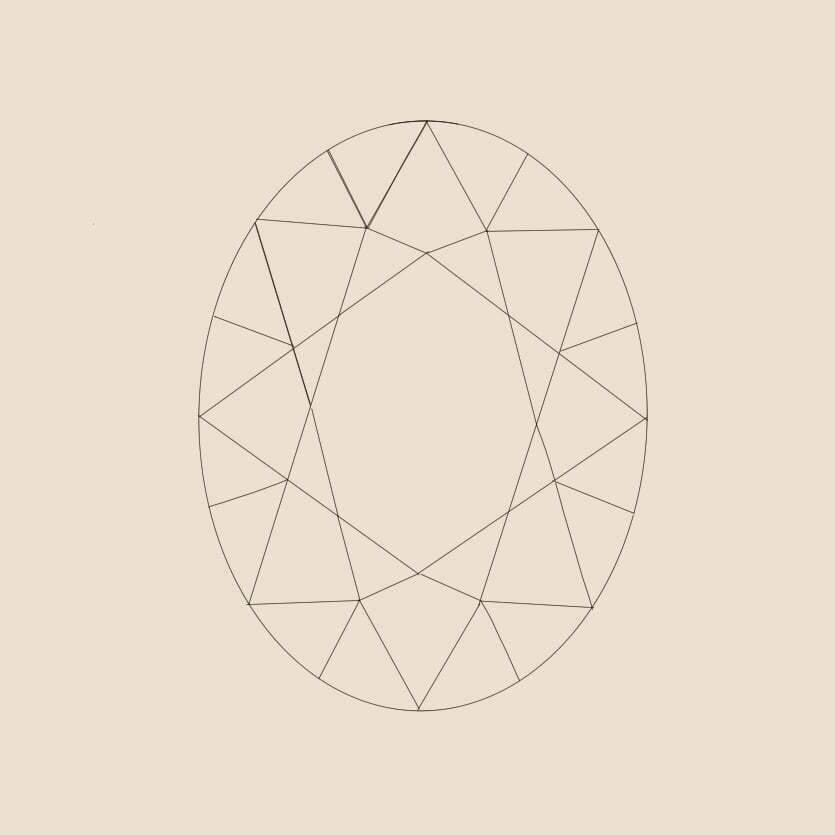
See the oval cut spinel in the Nil Pokura ring.
PEAR CUT
 The Pear cut first dates back to 1458 and has a shape of a gleaming tear drop. This cut reflects light beautifully, and allows the stone’s color to showcase dramatically. This stone shape has a similar faceting structure to round brilliant cuts which brings the ultimate sparkle to the stone.
The Pear cut first dates back to 1458 and has a shape of a gleaming tear drop. This cut reflects light beautifully, and allows the stone’s color to showcase dramatically. This stone shape has a similar faceting structure to round brilliant cuts which brings the ultimate sparkle to the stone.
Shop Mutu Kola ring.
PRINCESS CUT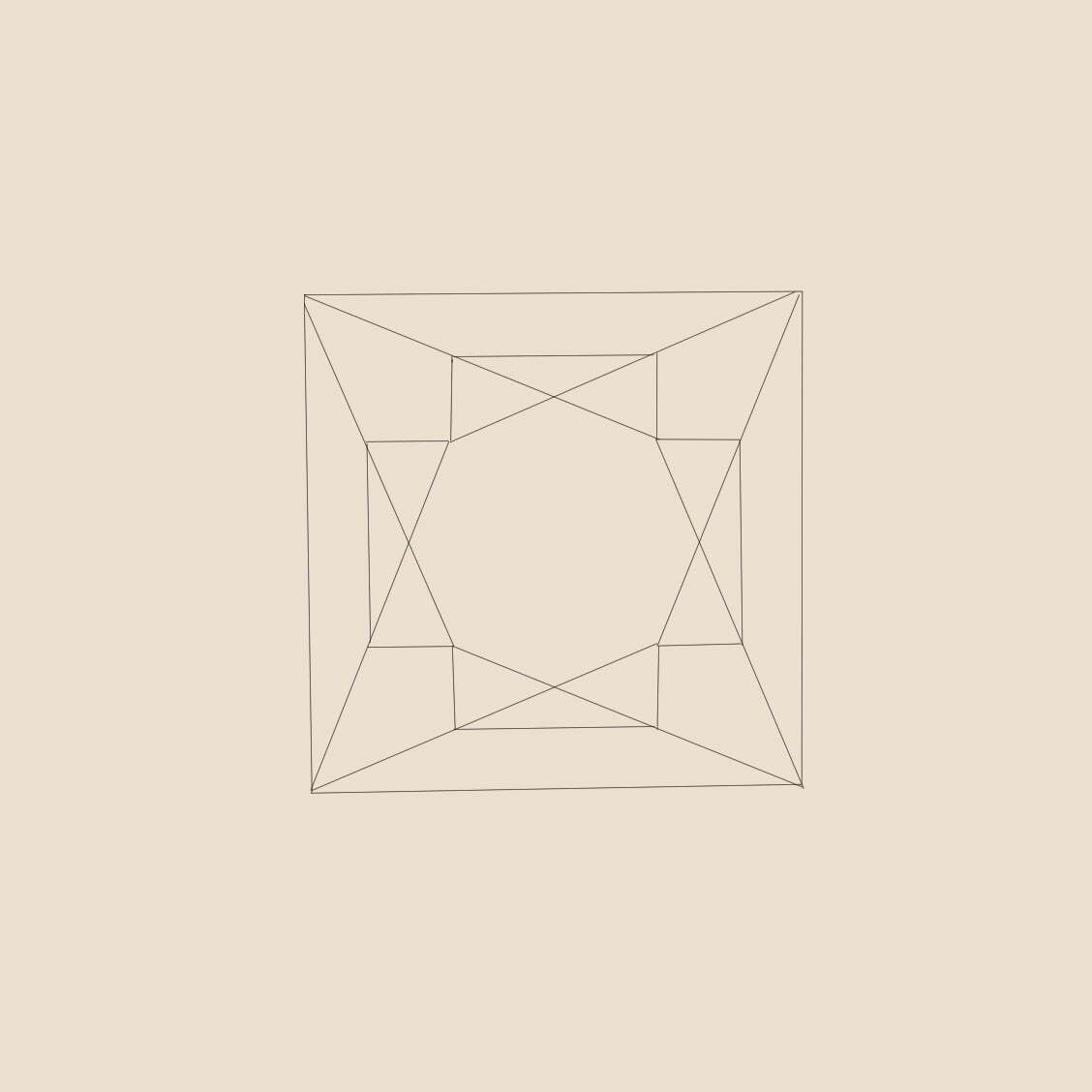
The Princess cut is the second most popular cut in the diamond and gemstone market, behind the Round Brilliant cut. The diamonds on the side of this yellow sapphire are a princess cut. They are square in shape and have between 58-76 facets, making it incredibly sparkly.
The small sapphires in the Daraya ring are princess cut.
RADIANT CUT
Radiant cuts are a mesh of the Princess and Cushion cut, and was created in the 1970s. A modern and square shape is created after cropping the edges, instead of rounding the edges, like a Cushion cut.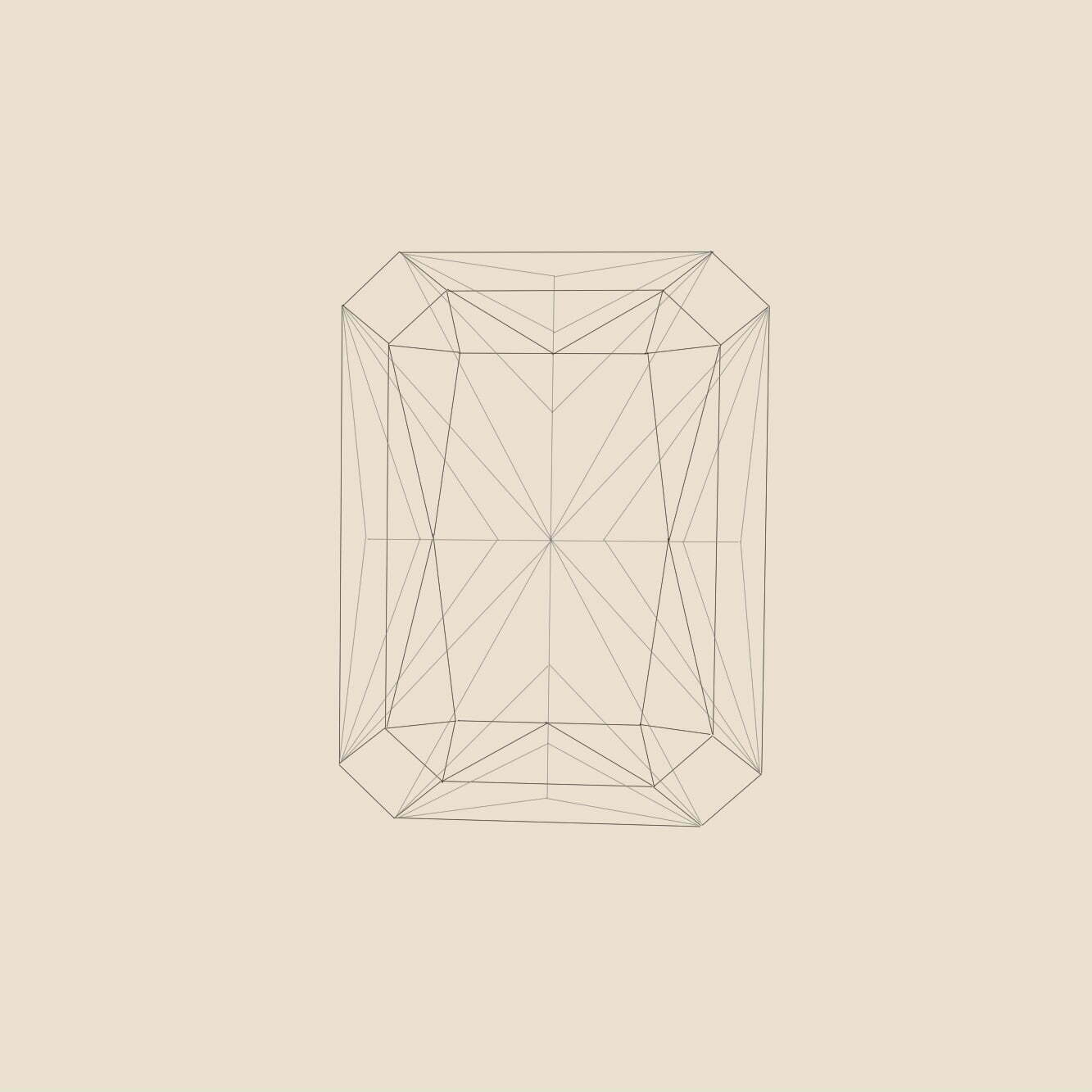
Shop the Anagata ring.
ROUND CUT
The Round cut, otherwise known as the Round Brilliant cut, is the most popular cut in the diamond and gemstone industry. The stone is round in shape, and the facets are cut in a way to optimize the dispersion of light throughout the stone.
An example is the Varnaya Amatara ring.
FANCY CUTS
Whilst there is a long list of different cuts and shapes for gemstones, sometimes lapidaries like to think outside the box and create untraditional cuts to maximize color and sparkle.
Rosa Nutana is an example of a fancy cut.
New in
Our newest colorful collection palette.
Scroll for more products
